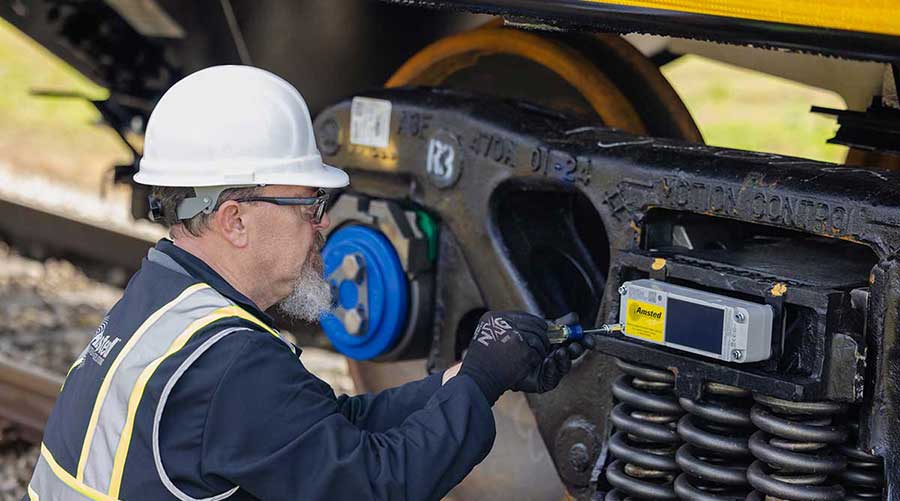Stay updated on news, articles and information for the rail industry
 railPrime
railPrime
June 2007
Rail News: Rail Industry Trends
Study: Lack of investment in transportation infrastructure catching up with U.S.
The United States’ lack of investment in transportation infrastructure — public transit, rail systems, airports, roads and bridges — is an “emerging crisis” that will compromise cities’ ability to compete globally, according to a report issued last month by the Urban Land Institute (ULI) and Ernst & Young.
“Infrastructure 2007: A Global Perspective” reviews the status of current and planned infrastructure investments and development in countries worldwide, and outlines the evolving infrastructure market.
“America is ... no longer a world leader when it comes to infrastructure,” the report states. “Too often in the U.S., projects focus on restoration rather than rethinking the model and finding possible efficiencies. There is a tendency to invest in the infrastructure we have instead of the infrastructure we will need.”
For example, Japan currently has 1,250 miles of high-speed rail and will build about 185 miles more by 2020, and China plans to build more than 1,500 miles of high-speed rail by 2020. In comparison, the U.S. has about 185 miles of high-speed rail and currently is not adding any more. Also, as of 2000, there were more than 750 cars per 1,000 people in the United States compared with 500 cars per 1,000 people in the United Kingdom and less than 50 cars per 1,000 people in China.
New planning model needed
Also included in the report: a ULI survey of 30 state transportation planning directors, 83 percent of which said the nation’s transportation infrastructure won’t be capable of meeting the country’s needs during the next 10 years. The planners also said that 97 percent of roads, bridges and tunnels, and 88 percent of transit systems will require at least moderate improvements in the coming years.
To develop long-term transportation solutions, the U.S. needs to revamp funding mechanisms, rethink land planning models, and break down barriers between road departments, transit agencies, planning boards and housing authorities, according to ULI and Ernst & Young.
“It’s no coincidence that today’s dominant cities ... feature sophisticated and integrated infrastructure with multiple modes of transit to accommodate high volumes of activity and concentrated populations,” the report says. “Their infrastructure creates a competitive advantage. ... The [U.S.] needs a new model for how it plans and pays for infrastructure.”
Keywords
Browse articles on rail capacity infrastructure capacity rail investment infrastructure investmentContact Progressive Railroading editorial staff.


 2025 MOW Spending Report: Passenger-rail programs
2025 MOW Spending Report: Passenger-rail programs
 Gardner steps down as Amtrak CEO
Gardner steps down as Amtrak CEO
 Guest comment: Oliver Wyman’s David Hunt
Guest comment: Oliver Wyman’s David Hunt
 Women of Influence in Rail eBook
Women of Influence in Rail eBook






